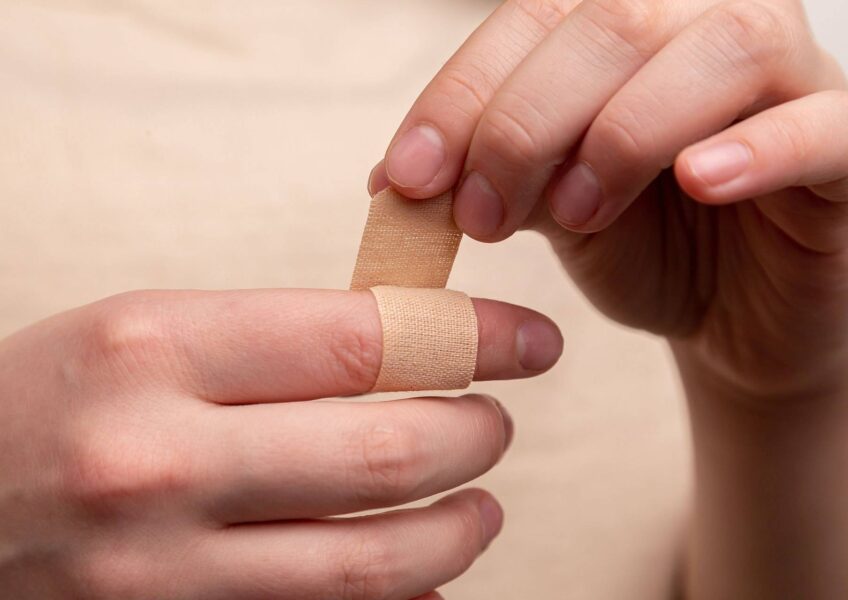6 Common Home Accidents and How to Properly Treat Them
While most know that accidents aren’t 100% avoidable, that doesn’t make them any less scary. This is especially the case if you have babies or young toddlers running around the house. Feeling anxious? Let us lend a hand.
We’ve compiled a list of the 6 most common home accidents and how to treat them. This way, you’ll be prepared and have the supplies in case these accidents strike.
-
Minor Burns
Whether it’s a steam burn or burning caused by a hot surface – it is important to treat them in a timely manner to prevent permanent damage and scarring.
How to treat: Run the burn under cold running water in 10-minute increments. Reassess the burn to use if pain and swelling have gone down. Afterward, cover the burn in a sterile gauze bandage that is loosely wrapped to avoid any additional pressure.
-
Bruises
Every kid likes to jump and run around until they are utterly exhausted. Falls and other accidents can cause bruising. Even falls that aren’t that serious can lead to sensitive and painful bruised spots. So, what should you do?
How to treat: Either apply an ice pack or DIY equivalent to the bruised area for 10 to 20 minutes several times throughout the day. Rest and elevate the bruised area when possible.
-
Choking
Time is of the uttermost essence if you or somebody else starts choking on food or another object.
How to treat: Attempt to perform the Heimlich maneuver. If the object remains lodged in the person’s air passage, call emergency services for assistance and continue trying to dislodge the object. If you are by yourself, you will have to perform the Heimlich maneuver on yourself using a chair.
-
Poison Consumption
For toddlers and children, poison consumption often involves medicines, household products, and even cosmetics. The best way to avoid this is to lock and keep all harmful consumables away from children.
How to treat: Call your local poison control center or doctor and follow their advice. Keep the item on hand so you can quickly answer questions while on the phone.
-
Cuts and Scratches
With cuts and scratches, some blood will be inevitable. This makes them especially difficult to treat especially when it involves a small child. But, aside from the squirming and fussing – cuts and scratches are straightforward to treat.
How to treat: Before anything, wash your hands to avoid infection. Apply soft pressure to the wound until the bleeding stops, run the wound under running water, apply an antiseptic, and then finally apply a bandaid. If a cut or scratch does not stop bleeding even with pressure and time, cover the wound, and head over to the ER.
-
Insect Bites
Insect bites might seem like no big deal – but like everything else on this list, it needs to be treated promptly. When left untreated, insect bites can promote itching that leads to cuts and scratches. Remember that insect bites can occur both indoors and outdoors.
How to treat: Either apply an ice pack or DIY equivalent to bring down swelling. Consider anti-itch medication but only if absolutely necessary.

